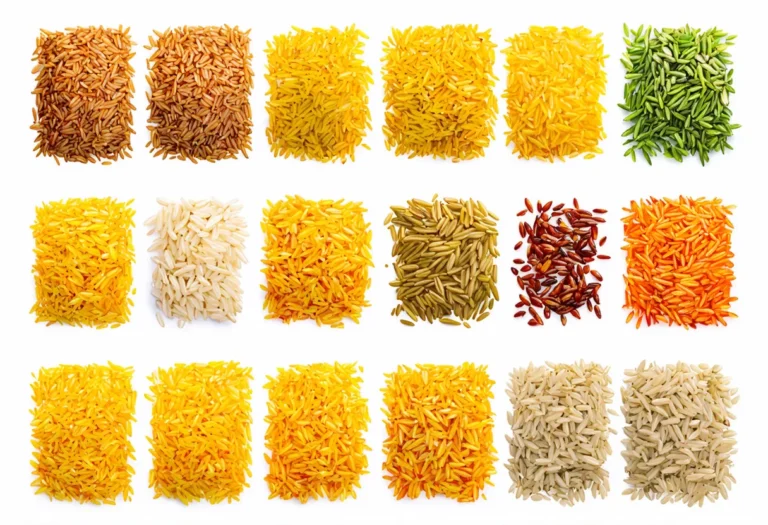Togo, with a population of 8,848,699, is ranked 97th in the world, just behind Austria. Located in West Africa, it covers 56,790 square kilometers, ranking 120th globally, just below Latvia.
In 2022, Togo’s GDP stood at $8,341,225,241.46, ranking it 146th globally. Togo falls behind Monaco, with a GDP of $8,784,002,931.69. The GDP per capita in Togo for the same year was $942.65, placing it at the 169th position worldwide.
Togo lags behind Uganda, with a GDP per capita of $964.40. Despite its challenges, Togo’s economy shows potential for growth and development, with opportunities for diversification and increased productivity in various sectors.
What are the economic activities of Togo?
- Primary activities: 28.8% of GDP.
- Secondary activities: 21.8% of GDP.
- Tertiary activities: 49.8% of GDP.

Primary Sector of Togo
Togo’s primary sector, predominantly agriculture, thrives due to its tropical climate and rich natural resources. With 70.23% of land dedicated to agriculture, the country produces a diverse range of products like cassava, yams, maize, and more. Agriculture contributes 28.8% to the GDP, showcasing its economic importance.
The top ten agricultural products, including oil palm fruit, soybeans, and cotton, highlight the sector’s significance and variety, sustaining the country’s agricultural sector.
The country’s geological diversity, with rich deposits of phosphates, limestone, marble, and vast arable land, fuels its primary sector. These resources drive the economy through mining, agriculture, and construction industries, contributing significantly to national development.
Secondary Sector of Togo
What is the secondary sector or what are secondary activities?
The secondary sector involves industries that produce finished goods from raw materials. In Togo, main industrial products include agricultural processing, cement, handicrafts, textiles, and beverages. These products are manufactured for domestic consumption and export, contributing to the country’s economy and development.
In 2023, Togo’s manufactures exports accounted for 35.95% of total exports, indicating their relatively lower significance in driving the country’s economy compared to other sectors.
Tertiary sector of Togo
What is the tertiary sector or what are tertiary activities?
The tertiary sector in Togo encompasses a wide range of services that focus on enhancing productivity and meeting various needs. Some key activities in Togo’s tertiary sector include restaurants, healthcare and medical care, education and training, banking and finance, communication and information exchange, and tourism and hospitality. These services play a crucial role in driving economic growth and improving the overall quality of life in the country.
Notably, Togo’s economy heavily relies on tourism, contributing significantly to its GDP. With an impressive 876,000 annual arrivals, the industry plays a crucial role. Lomé, the capital city, and the picturesque coastal town of Aneho are among the most popular destinations, attracting visitors with their vibrant culture and natural beauty. The tourism sector’s impact on Togo’s economic growth is undeniable.
Another example of tertiary economic activity is the mobile cellular sector, with approximately 6.6 million subscriptions, supporting technological growth by enhancing communication and access to digital services across the population.
Military Activities and Economic Sectors of Togo
The military is a key example of many economic activities in Togo. It involves the primary sector, as resources are extracted for military use. The secondary sector includes the manufacturing of military equipment. Services provided by the military fall under the tertiary sector. The quaternary sector focuses on military research and development, while the quinary sector deals with high-level military decision-making and strategy.
In 2023, Togo’s military expenditure was 276.3 million US dollars, which is 5.44% of the country’s GDP. The active military force consists of 8,550 personnel, resulting in about 1.1 active military members per 1,000 capita.
International Trade of Togo
Import Activities of Togo

Togo’s high import activities, accounting for 33.87% of GDP, are crucial for meeting domestic needs and driving economic growth.
Togo’s key import activities include refined petroleum, crude petroleum, motorcycles, garments, and rice. Its top import partners are India, China, South Korea, Nigeria, and Taiwan.
Exports Activities of Togo

In 2023, Togo’s total exports amounted to $1,455,558,435.28, representing 23.97% of its GDP. This indicates a medium level of importance, highlighting the significant role export activities play in the country’s economy.
Togo’s export activities are diverse, with key partners including the UAE, India, and Cote d’Ivoire. The country primarily exports gold, refined petroleum, phosphates, soybeans, and plastic products, with the UAE accounting for 26% of exports, followed by India and Cote d’Ivoire at 11% each. Additionally, South Africa and Burkina Faso are also significant export partners for Togo, with 6% of exports each.
Togo economy challenges in 2024
In 2024, Togo faces challenges with high rural poverty despite improvements in transparency and privatization. The agrarian economy struggles to lift many out of poverty, while the phosphate mining industry remains a key player. The country’s growing international shipping hub offers hope for economic growth, but the deep-rooted issues of poverty persist.



Leave a Reply